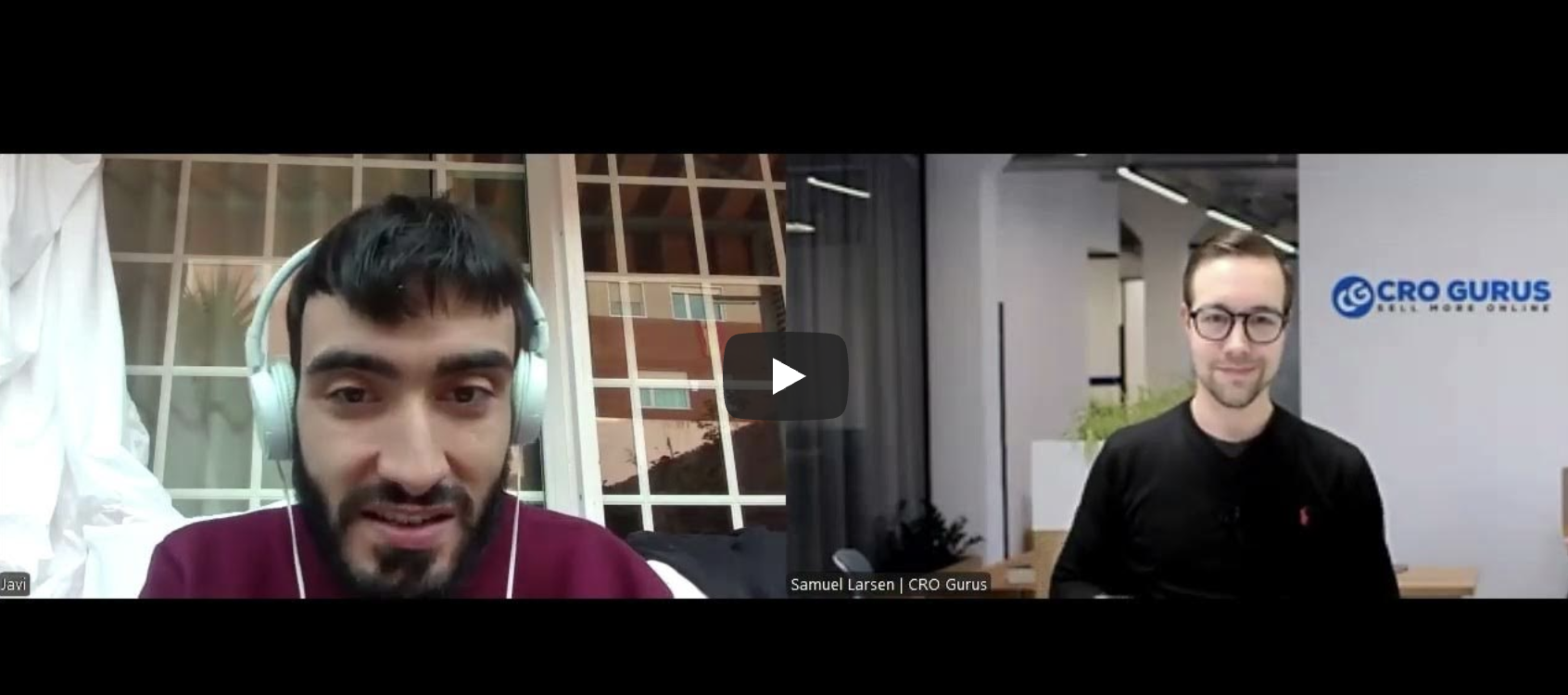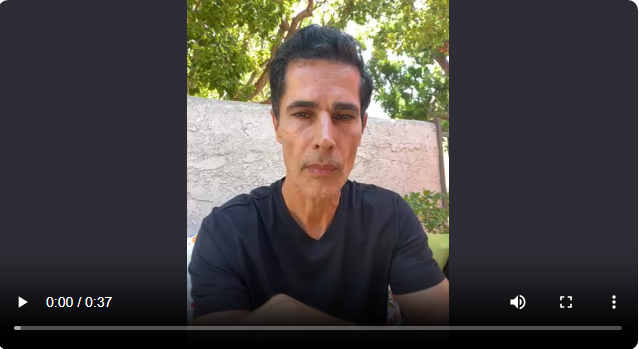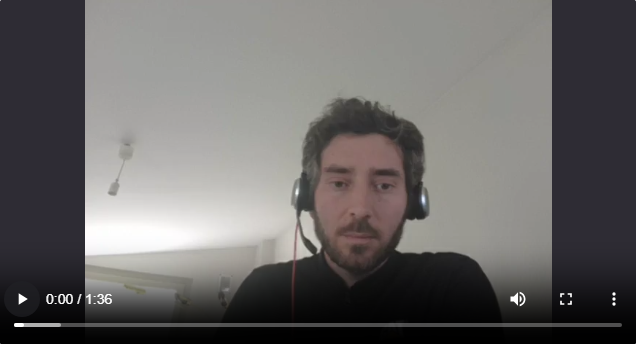Revealing the Strategy Behind the 2x Increase in Sales of a Steak Company with Sales Funnel Hacking

This brand seeks to provide quality frozen steaks at a fair price, making them a fair price-to-value alternative to premium brands.
As a long-lasting family business, there was a lot of pressure to stay in the game and compete against established competitors. The business needed to be adjusted to the digital age, where their sales would increasingly come from the online store.
The client had a long history in the industry but had been struggling to scale its online sales with paid advertising. Paid ads were really the only source of hope for the client since the SEO searches are narrow in keywords and already dominated by the biggest players in the industry. Because of this, we focused a lot of effort in making the first order competitive from their online store.
Because there are always spillover effects from funnels to stores, we started out with an initial store analysis to outline some easy wins that had the potential to improve the client site rapidly, with the plan of moving to optimize the paid ads funnel right after.
Regarding the funnel performance, the initial funnel was very similar to competitors but wasn’t converting nearly as well as expected. The Client had tight deadlines for scaling store traffic for us to achieve the targets we needed to increase the revenue per user (RPU) so that advertising would be profitable.
Watch the below video to learn more about how we estimate opportunities for eCommerce merchants:
Even though this case study is for a very specific industry, every online eCommerce funnel has similar fundamental elements. While the offer, page lengths, funnel steps, etc., vary, the core fundamentals of online funnels remain the same. in this case, we worked on a very focused funnel with three distinct steps Improving the funnels landing page and offer page and Increasing AOV & LTV by adding highly converting upsells.
In the following sections, we’ll break our workflow into smaller parts, testing both page-specific performance & their effect on the whole funnel and individual elements (copy, presentation, images).
CRO Gurus applied the CG Ecommerce Growth framework for this project. The initial analysis concluded that there are issues with mobile conversion rates related to usability issues.

The site itself looked nice, fancy and professional, but it just wasn’t selling. Another problem was that we lacked significant data to judge these problem points solely from Analytics. Because this store didn’t have a ton of Google Analytics data yet, we adjusted our CRO process to focus more on the heuristic analysis & less on data-driven Google Analytics findings.
As a result, attention was paid specifically to best practices, technical functionality and mobile usability. We wanted to make a clear distinction between what should be tested and what should be implemented.
Watch the below video to learn more about CRO for low-traffic stores:
Watch the below video to learn more about CRO for implementing changes to low-traffic stores:

The biggest bottleneck with traffic is from the product page to the cart. Usually, the main two reasons why users decide not to buy are lack of motivation and confusion.
Thus, the bulk of the work was focused on this area by first being sure that all the best optimization practices are related to how to build a highly converting product page, both in terms of the overall design and the general purchase experience.

Our analysis covered that competitors have a UVP (unique value proposition). Competitors focus more on the quality of their products (sustainability raised, no antibiotics, no added hormones, eco-friendly packaging), while the client focuses more on the price aspect (affordability).
In a market where customers might be aware of other options, it’s important to mention multiple benefits. If customers see competitors mentioning sustainably raised or no antibiotics but don’t see it on the fasteak website, they might think that’s not an option. People have different conceptions of what high-quality meat means.
When these facts are mentioned, there is no confusion in customers' minds about product quality. When there is too much focus on the price but not enough on the quality, customers might start to raise questions.
Additionally, the competitors also did a better job of adding the human element to their websites. Allowing them to easily connect with their customers from an emotional point of view. For example, the clients about us page discussed the reasons behind starting the company but didn’t share a personal story or specific timeframe. Compared to the competition, the differentiation was weak, and we needed to address this to avoid customers bundling it as just another low-cost provider.
Examples of emotional storytelling from a competitor.


Our end analysis covered:
- 11 high-priority opportunities (judged by ease & impact of the change)
- 11 medium-priority opportunities & 8 technical issues (example).
- After the audit, we implemented these suggestions in the store.
Timeline: 3 weeks | February 07 to February 21
The first step was to put together an initial list of findings and improvement opportunities based on CRO best practices and Google Analytics data.
In the improvement opportunity audit, we covered the problems and suggestions regarding conversion and average order value optimization. This document comes with a change prioritization plan to help the client determine which page on the findings should implement first.

Timeline: 2 weeks, February 23 to March 9th
After the audit, we moved on to the Shopify development phase since the client approved all the changes we proposed without testing them, as this allowed them to improve the site as quickly as possible and move optimization resources to the funnel itself.
Over the next two weeks, CRO Gurus implemented the recommended changes based on the audit.
March 9th onwards
After the initial website improvements, the client continued to work with us on an ongoing CRO consulting partnership where we continuously looked for more conversion optimization opportunities.

Once the low-hanging fruit opportunities were implemented, we decided to move our attention to improving best selling offer funnel.
After a deep dive into the funnel, we saw that this funnel had a lot of opportunities for improvement. Having taken care of the store, we knew there would be a positive spillover effect to the funnel, but we wanted to have this the other way around, where the funnel would help the store conversions.
The initial strategy was to focus more on the quality of the product as that was the main differentiator between the client and the supermarket alternative. Furthermore, most visitors were new to the concept of ordering frozen beef, and as a result, the price wasn’t the overall main concern for them.
We did a similar audit of the funnel, outlining some change suggestions that we perceived to be quick wins. This helped provide an additional perspective, ideas, and, most importantly, a roadmap to implement before we moved into the A/B testing phase.
An example of our reasoning for funnel optimization analysis:

The client agreed on most of these changes were well-reasoned and wanted to implement the majority of them without testing them. This was beneficial as many of these changes were smaller and could have taken a long time to test, slowing down the improvements due to minimum detectable effect requirements.
After the initial obvious opportunities from the funnel optimization analysis were fixed, we applied our ongoing three-stage A/B testing framework to ensure that our ideas were working and to be able to test new approaches.

This funnel was a fairly easy one for us to test on because:
- It is a funnel with all traffic flowing through a set number of pages.
- There was enough volume for us to achieve good sample sizes..
- We were dealing with first-time buyers only, so people didn’t revisit the funnel much.
Because of these reasons, we used A/B testing to test the funnel but decided not to test on the store itself.
Learn how you can also increase your store's eCommerce conversion rate today
Learn how you can also increase your store's eCommerce conversion rate today
We divided the initial ideas into two buckets:
- Out-of-the-box ideas change how the offer is presented. The expectation is that these ideas will fail fast or be very successful.
- Ideas that improve the existing offer. Here we put together a plan based on competitor findings, past tests and missing funnel elements.
The service was done by analyzing their ads to see which funnel basis they were guiding traffic to and then understanding why they had made those choices.
We then picked the most relevant ones for this particular client and prioritized with both of you an impact from this perspective. We had the first initial tests that we launched right away.
Problem:
We saw an unusually high dropoff rate before the checkout. After a deeper investigation, we found that there was an extra step before customers were able to reach the checkout. This extra step gave customers another choice - select a one-time purchase or subscription. Although the idea was to increase LTV, data showed that this is a major friction point.
Hypothesis:
Customers experience analysis paralysis when seeing subscription VS one-time purchase options. We have previously seen that too many choices can negatively impact the conversion rate. Due to the very high dropoff rate, it is highly unlikely that there are more customers that select subscriptions VS customers who we lose.
Before:

After:

After starting this test, we quickly saw that Version 1 - removing the subscription option increased CTR drastically.

Problem:
Client was looking to increase AOV. There were different strategies that we tried like increasing offerprice, offering subscription. Eventually we arrived to upsells as being a great way to increase AOV
Hypothesis:
Existing photos didn’t communicate offers benefits and added additional complexity by offering image slideshow. We believe by simplifying this and combining benefits into 1 image we will increase take rate.
Original:

Variant:

After more than month of running this test we saw significant increase in conversion rate. We concluded this test with 99% confidence and 42% lift in conversion rate.
Results:

As the client was already profitable, their key challenge was to increase the amount of paid traffic they could profitably purchase for this funnel.
We achieved revenue growth from January to June: 82% (Yearly pace from 1.2 million USD per year to 2.2, nearly doubling the business)
Achieving revenue growth from January to June: 82% with a lower conversion rate
This business has very low seasonality meaning their yearly revenue pace went from $1.2 million per year to $2.2 million.
Nearly doubling the business in six months.
Sometimes a win is to scale the already profitable paid traffic to your funnel without the metrics dropping. This is because as you expand your ads, each new visitor is less qualified or more expensive than the last. That is a big challenge to overcome.

Speaking strictly A/B testing plan, we were able to do 12 tests in 6 months (66% success rate):
- 8 winners
- 1 inconclusive
- 3 losers
6 months potential increase in revenue from testing = $721,996.65
Having worked with the client for five months and seeing some great progress, we know that there is still more here to achieve. For us, these are the following next opportunities:
- Improving the checkout page to better outline shipping conditions & relieve anxiety about frozen beef delivery.
- Improve the first purchase funnel as this client relies on paid advertising; there is real upside in having the first purchase funnel continuously tested and ideating new angels & offers to gack growth.
- Creating a funnel page for the second order subscription. Our goal was to achieve high lifetime value by first giving people a taste of the product with a single order and then targeting them for attractive, repeating beef subscriptions.
- Competitors analysis. We did a bit of this during the initial stages, but there was still a lot more to uncover regarding the A/B tests that they were running, the email funnels they had in place & the kind of retargeting strategy they were using. To outline this to the best of our ability, we will purchase from the competition to hack their funnels for ideas.
- Improve Email Flow for 2nd Purchase (Subscription). This is vital for the client because 82% of the profits come from the second order & beyond (only slightly profitable on the first order).
Targets for the next quarter:
- Priority 1: Improving CR for the first sale by 6%
- Priority 2: Subscription funnel improvement by 11%
- Combined revenue lift goal ~17%


.png)
.png)

.png)
%20(1).png)






















